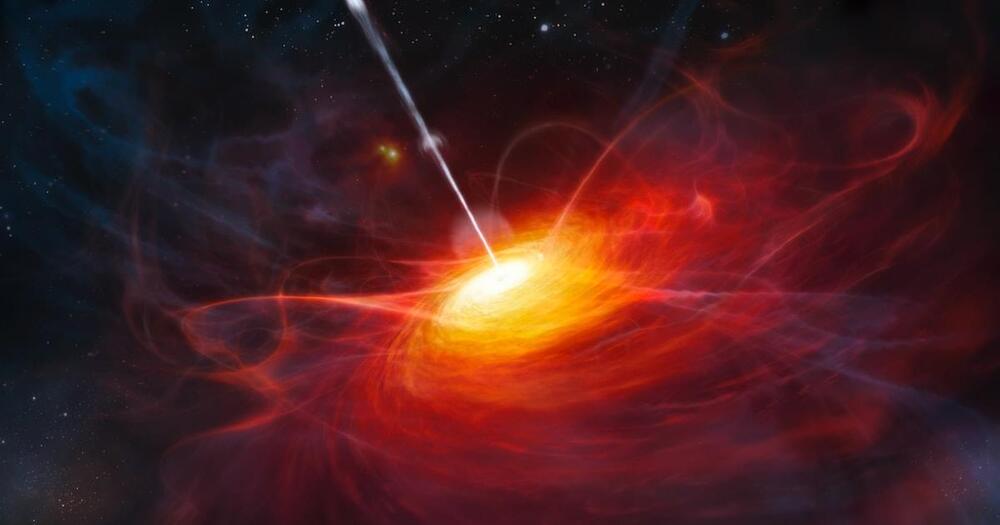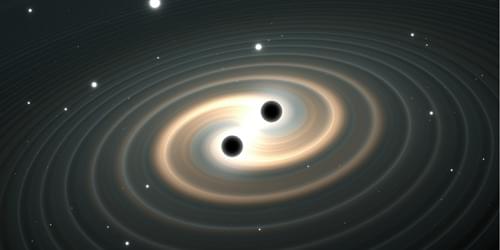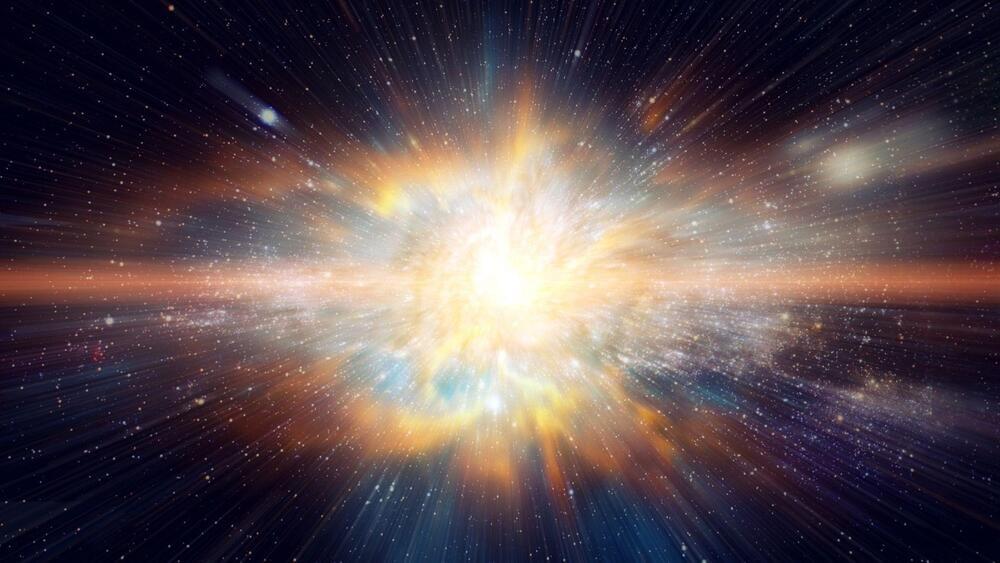This bubble takes just about an hour to whip around a black hole.
This bubble that circles the event horizon of Sgr A takes just 70 minutes to whip around the black hole. It was observed by the Event Horizon Telescope.
This bubble takes just about an hour to whip around a black hole.
This bubble that circles the event horizon of Sgr A takes just 70 minutes to whip around the black hole. It was observed by the Event Horizon Telescope.
Sailing on light pressure to Near Earth Asteroid (NEA) 2020 GE NEA Scout will be the first mission to use solar light as propulsion to reach a destination in space. It will be launched to the moon by NASA’s Artemis I Space Launch System rocket and sail from there to the asteroid. Learn about this exciting mission directly from Dr. Les Johnson, the Principal Investigator of the light sail.
Worm-hole generators by the pound mass: https://greengregs.com/
For gardening in your Lunar habitat Galactic Gregs has teamed up with True Leaf Market to bring you a great selection of seed for your planting. Check it out: http://www.pntrac.com/t/TUJGRklGSkJGTU1IS0hCRkpIRk1K
Awesome deals for long term food supplies for those long missions to deep space (or prepping in case your spaceship crashes: See the Special Deals at My Patriot Supply: www.PrepWithGreg.com.
Get a Wonderful Person Tee: https://teespring.com/stores/whatdamath.
More cool designs are on Amazon: https://amzn.to/3wDGy2i.
Alternatively, PayPal donations can be sent here: http://paypal.me/whatdamath.
Hello and welcome! My name is Anton and in this video, we will talk about.
Links:
https://www.science.org/doi/10.1126/science.1060182
https://arxiv.org/pdf/1609.01639.pdf.
https://www.nsf.gov/news/mmg/mmg_disp.jsp?med_id=59577&from=
https://www.rle.mit.edu/cua_pub/ketterle_group/Projects_2001…Vortex.htm.
https://dx.doi.org/10.1103/PhysRevLett.129.061302
ISS experiments: https://youtu.be/UEEccJLYVXM
Another similar finding: https://youtu.be/FsTbMfQP7b0
#quantumphysics #blackhole #vortex.
Support this channel on Patreon to help me make this a full time job:
https://www.patreon.com/whatdamath.
Bitcoin/Ethereum to spare? Donate them here to help this channel grow!
bc1qnkl3nk0zt7w0xzrgur9pnkcduj7a3xxllcn7d4
or ETH: 0x60f088B10b03115405d313f964BeA93eF0Bd3DbF
Space Engine is available for free here: http://spaceengine.org.
Enjoy and please subscribe.
Twitter: https://twitter.com/WhatDaMath.



The MICROSCOPE satellite experiment has tested the equivalence principle with an unprecedented level of precision.
At an early age, we have all been taught one of the most counterintuitive facts about the physical world: two objects of unequal mass dropped in a vacuum will reach the ground simultaneously. Galileo allegedly tested this equivalence principle from the top of the Leaning Tower of Pisa in Italy, and so did the astronaut David Scott by dropping a hammer and a falcon feather at the surface of the Moon in 1971. And yet, we may find these observations disconcerting, as common sense would tell us that a heavier object should fall faster than a lighter one. But gravity is a peculiar interaction. To understand this force—and what it might tell us about other mysteries, such as dark matter and dark energy—we need to test it with ever-increasing precision. The new results by the space-borne MICROSCOPE mission have done just this.


We’re looking at you, Betelgeuse.
A team of astronomers believes they have found an effective method for predicting a supernova, a report from Space.com reveals. While stars do expand to massive sizes and become red giants before their demise, we have had no way of knowing how long it will take for a red giant to go supernova. It could take hundreds of thousands, if not millions, of years.
All of that has just changed though, thanks to a team of astronomers that has devised a method for spotting stars that are likely to supernova within only a few years — a tiny fraction of time in the context of astronomy.
Going supernova.
Coffeekai/iStock.
While stars do expand to massive sizes and become red giants before their demise, we have had no way of knowing how long it will take for a red giant to go supernova. It could take hundreds of thousands, if not millions, of years.
For more information please go ➼ https://nordvpn.com/spacetime.
PBS Member Stations rely on viewers like you. To support your local station, go to: http://to.pbs.org/DonateSPACE
Sign Up on Patreon to get access to the Space Time Discord!
https://www.patreon.com/pbsspacetime.
The discovery of the Higgs boson ten years ago in the Large Hadron Collider was the culmination of decades of work and the collaboration of 1000s of brilliant and passionate people. It was the final piece needed to confirm the standard model of particle physics as it now stands. There are still many outstanding questions — for example, it seems like nothing in the standard model can explain what dark matter is. So the discovery of the Higgs wasn’t the end of particle physics — but it may be the way forward. Many physicists think that the secret to finding the elusive dark matter particle will come by studying the Higgs. In fact, the first tantalizing evidence is already in.
Check out the Space Time Merch Store.
https://www.pbsspacetime.com/shop.
Sign up for the mailing list to get episode notifications and hear special announcements!
Plentiful, safe, energy that burns up nuclear waste as fuel could be provided as soon as we build these reactor, There is no excuse for us freezing this winter! Watch and learn. Share widely to get the word out!
Worm-hole generators by the pound mass: https://greengregs.com/
For gardening in your Lunar habitat GalacticGregs has teamed up with True Leaf Market to bring you a great selection of seed for your planting. Check it out: http://www.pntrac.com/t/TUJGRklGSkJGTU1IS0hCRkpIRk1K
Awesome deals for long term food supplies for those long missions to deep space (or prepping in case your spaceship crashes: See the Special Deals at My Patriot Supply: www.PrepWithGreg.com.